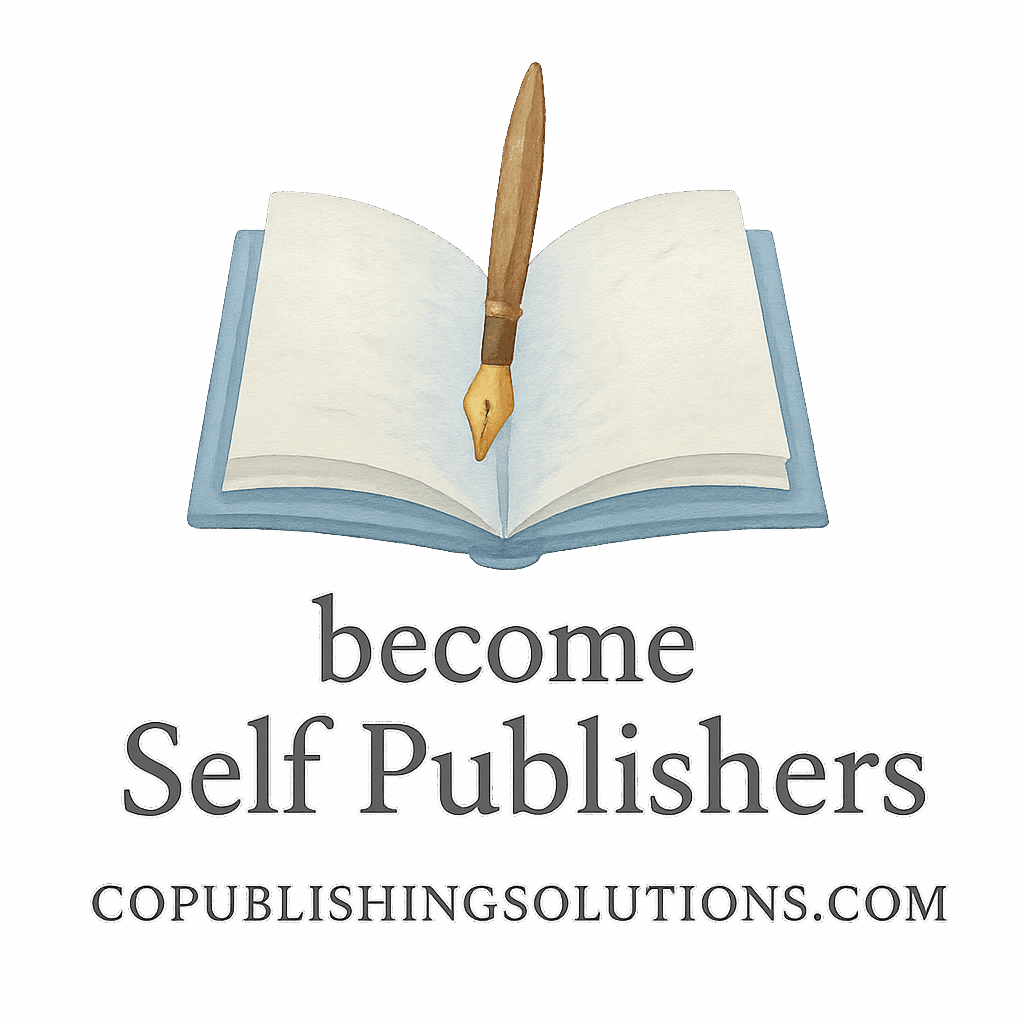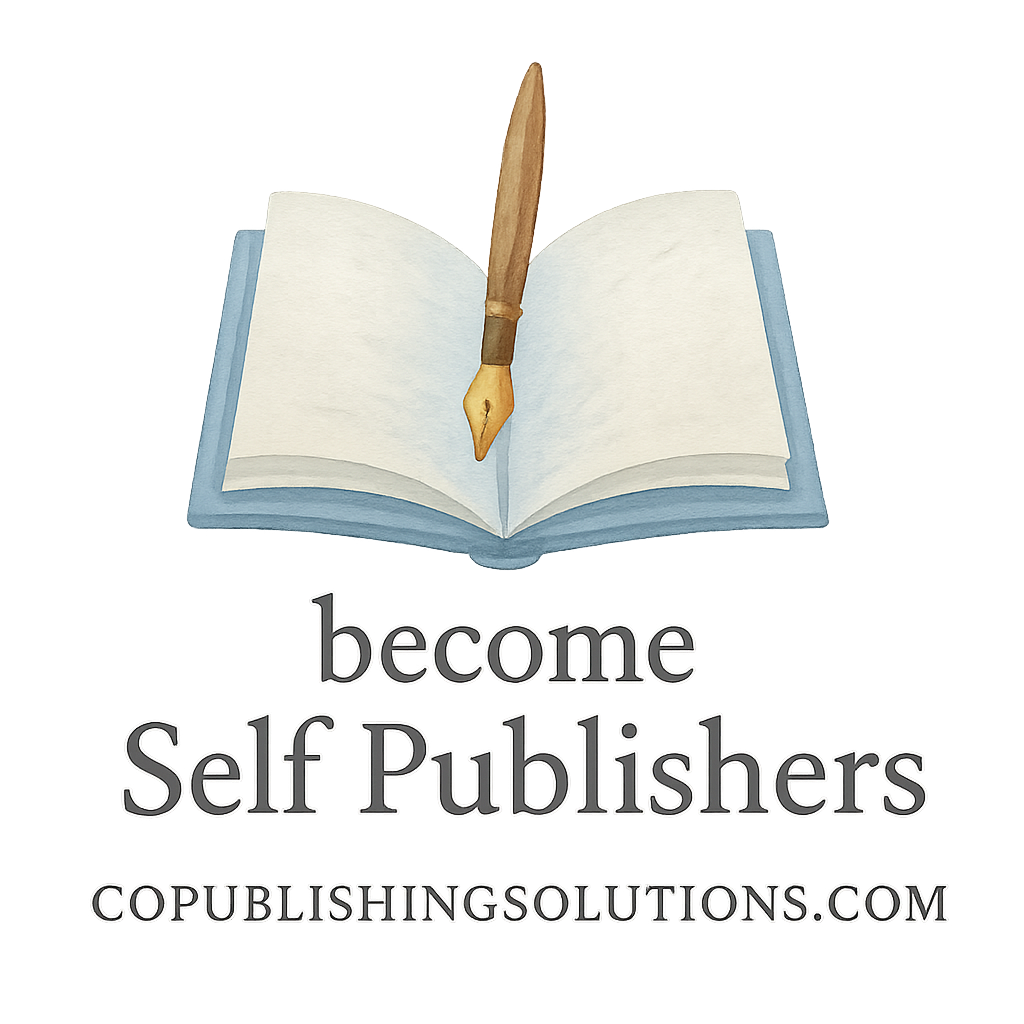Let’s be real—publishing isn’t just a sprint; it’s a marathon. If you’re serious about thriving in this space, you need more than just a one-hit wonder. You need vision, commitment, and a solid roadmap. That’s where long-term goals come in. They’re the guardrails that keep your publishing journey on track.
In this article, we’re breaking down 10 powerful long-term goals every serious publisher should aim for. Ready? Let’s dive in.
Why Set Long-Term Goals in Publishing?
Publishing success doesn’t happen by accident. Whether you’re a newbie or have a few titles under your belt, long-term goals give your publishing journey direction and momentum. They help you:
- Avoid burnout from short-term thinking
- Build assets like content libraries and loyal readers
- Stay relevant as trends and technology shift
Now, let’s talk about what those goals should look like.
1. Establish a Clear Publishing Vision
Define Your Purpose as a Publisher
Your vision isn’t just some fluffy mission statement—it’s your publishing North Star. Ask yourself:
- Why are you publishing?
- Who are you publishing for?
- What value do you want to bring to readers?
Start by checking out Self-Publishing Basics if you’re not quite sure yet. It’ll ground you in the essentials.
Align Vision with Audience Needs
Publishing without an audience in mind is like talking to a wall. Use your long-term vision to make sure every book, blog, or course serves your readers’ problems or passions.
2. Build a Recognizable Author or Brand Identity
Why Author Branding Is Non-Negotiable
In today’s crowded market, readers don’t just buy books—they buy you. Your brand is what sets you apart and builds trust.
Visit the Author Tag to explore more about building a personal or business brand that resonates.
Consistency Across Platforms
From your website to your Instagram, keep your voice and visuals cohesive. That builds recognition and loyalty over time.
3. Master the Self-Publishing Process
Learn the Self-Publishing Basics
If you’re not ready to pitch to traditional publishers, don’t sweat it. Mastering self-publishing opens endless doors. Begin with the Self-Publishing Basics guide.
Explore the Right Publishing Tools & Platforms
From formatting tools to marketing platforms, having the right stack makes everything smoother. Dive into Publishing Tools & Platforms to build your toolkit.

4. Create a Scalable Content Strategy
Focus on Sustainable Growth
Consistency beats intensity. Whether you’re writing books, blog posts, or newsletters, stick to a content calendar that supports long-term publishing growth.
Get a jumpstart with Publishing Content Strategy.
Batch and Automate Where Possible
Save your energy for the creative stuff. Automate emails, schedule social posts, and use templates whenever you can.
5. Diversify Publishing Formats
Beyond Ebooks: Print, Audio, and More
Why limit your content to just one format? Explore audiobooks, print-on-demand, and even serial content to reach more readers.
The Books Tag covers multiple options for expanding your product line.
Leverage Co-Authoring and Collaborations
Team up with other authors to combine audiences and split the workload. Explore the Co-Authoring and Collaboration tags for ideas.
6. Monetize Strategically and Creatively
Passive Income Is the Name of the Game
Wouldn’t it be nice to make money while you sleep? Long-term publishing success depends on developing reliable revenue streams.
Check out Marketing & Monetization and Passive Income for ideas.
Explore Multiple Income Streams
Think courses, memberships, speaking gigs, or affiliate links. The more streams, the less you stress.
Explore related insights under Income and Money.
7. Optimize Your Book Design and Layout
How Layout Affects Sales
Your cover may grab attention, but your layout keeps it. A poorly formatted book = bad reviews.
Check out resources under Book Design, Formatting, and Layout.
Formatting for Reader Experience
Use headers, white space, and readable fonts to make your book easy on the eyes. Bonus: it boosts perceived value.
8. Grow and Nurture an Email List
Why Your List is Your Biggest Asset
Social media comes and goes. Email lists are forever. Your list = direct access to your biggest fans.
Need help? Head to Advanced Publishing Growth for advanced audience-building strategies.
Tips to Build Engagement and Trust
Don’t just sell. Share sneak peeks, behind-the-scenes stories, or ask for feedback. Make it a two-way street.
9. Monitor Performance and Adjust
Use the Right Publishing Metrics
Track what matters—sales, open rates, conversion rates—not vanity numbers. Analytics tools help you see what’s working and what’s not.
Use tags like Book Sales and Publishing to see what’s trending.
Course-Correct Without Panic
Publishing is a long game. A flop today doesn’t mean failure. Learn, adapt, and keep going.
10. Commit to Lifelong Learning and Networking
Stay Ahead with Publishing Trends
Algorithms change. Reader preferences evolve. Stay plugged in by following publishing blogs and joining communities.
Start with Publishing Content Strategy and browse through the Publishing tag for the latest.
Learn from Other Authors and Publishers
Whether it’s through interviews, podcasts, or masterminds, stay inspired and informed by people who’ve walked the path.
Final Thoughts: Your Publishing Success Starts Now
Publishing success isn’t magic—it’s momentum. And momentum builds when you set goals, take consistent action, and stay focused on the bigger picture.
Whether you’re just starting or scaling, these 10 long-term goals will guide your journey. Bookmark this post. Revisit it. And most importantly—take action on it.
For even more tools, insights, and support, visit the CoPublishing Solutions Homepage and explore resources built to fuel your success.
FAQs
1. What is the most important long-term publishing goal for beginners?
Start with building a clear publishing vision and understanding your audience.
2. How can I build passive income from publishing?
Focus on evergreen content, bundle products, and consider digital courses or memberships. See Passive Income for more ideas.
3. Do I need to publish in multiple formats to succeed?
Not at first, but diversifying later increases reach. Consider print, audio, and co-authoring projects.
4. How do I grow my email list as a publisher?
Offer free lead magnets, share valuable content, and be consistent. Check Advanced Publishing Growth.
5. How often should I review my publishing strategy?
At least quarterly. Look at what’s working, what’s not, and adjust accordingly.
6. Is brand identity really that important?
Absolutely. Readers buy from brands they recognize and trust. Dive into Author Branding for tips.
7. Where can I learn more about publishing tools and platforms?
Visit the Publishing Tools & Platforms section for detailed insights.


